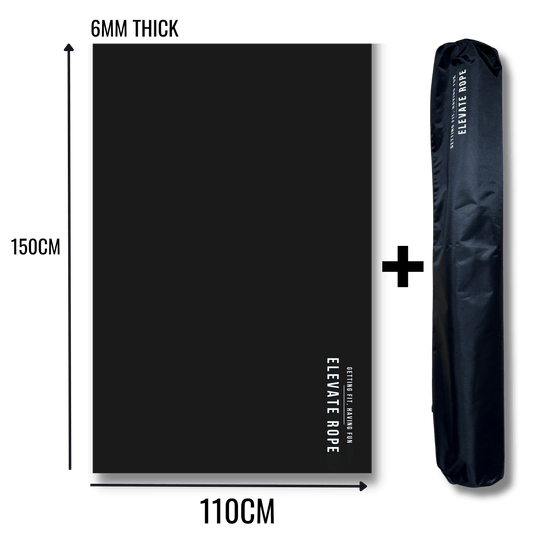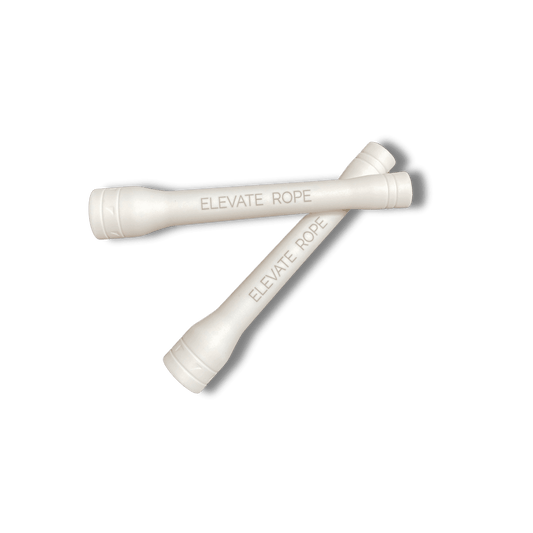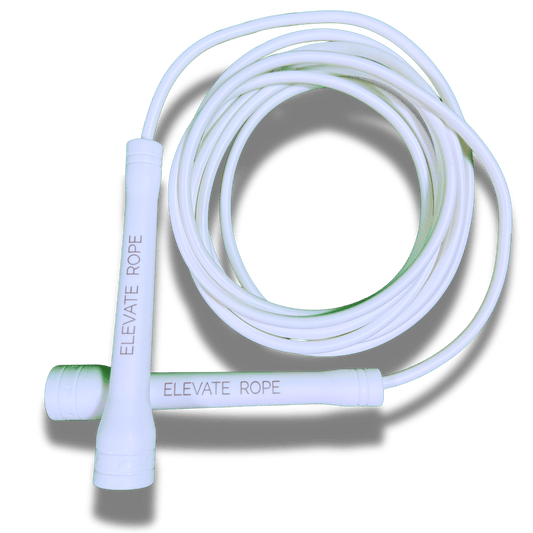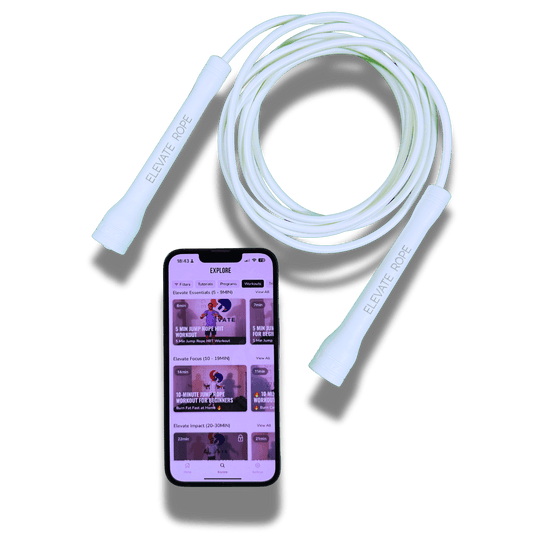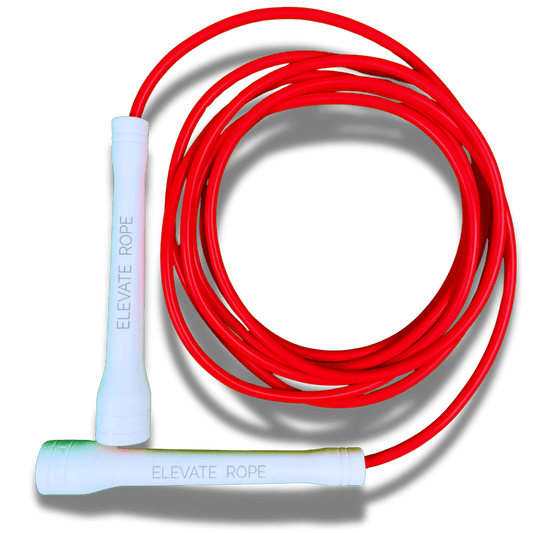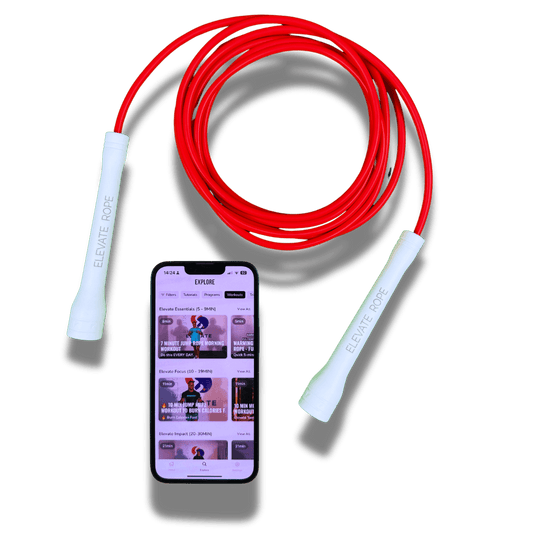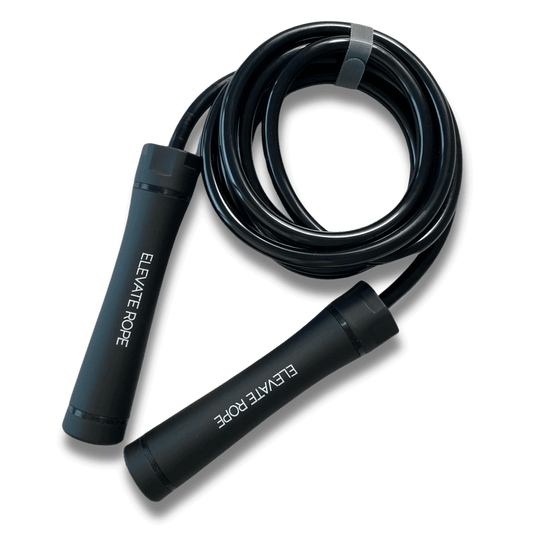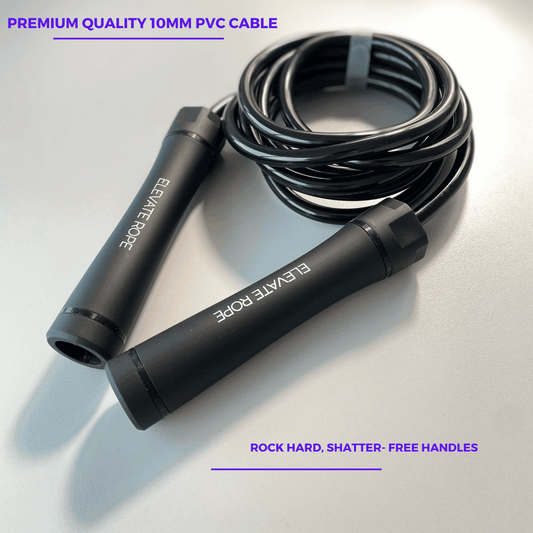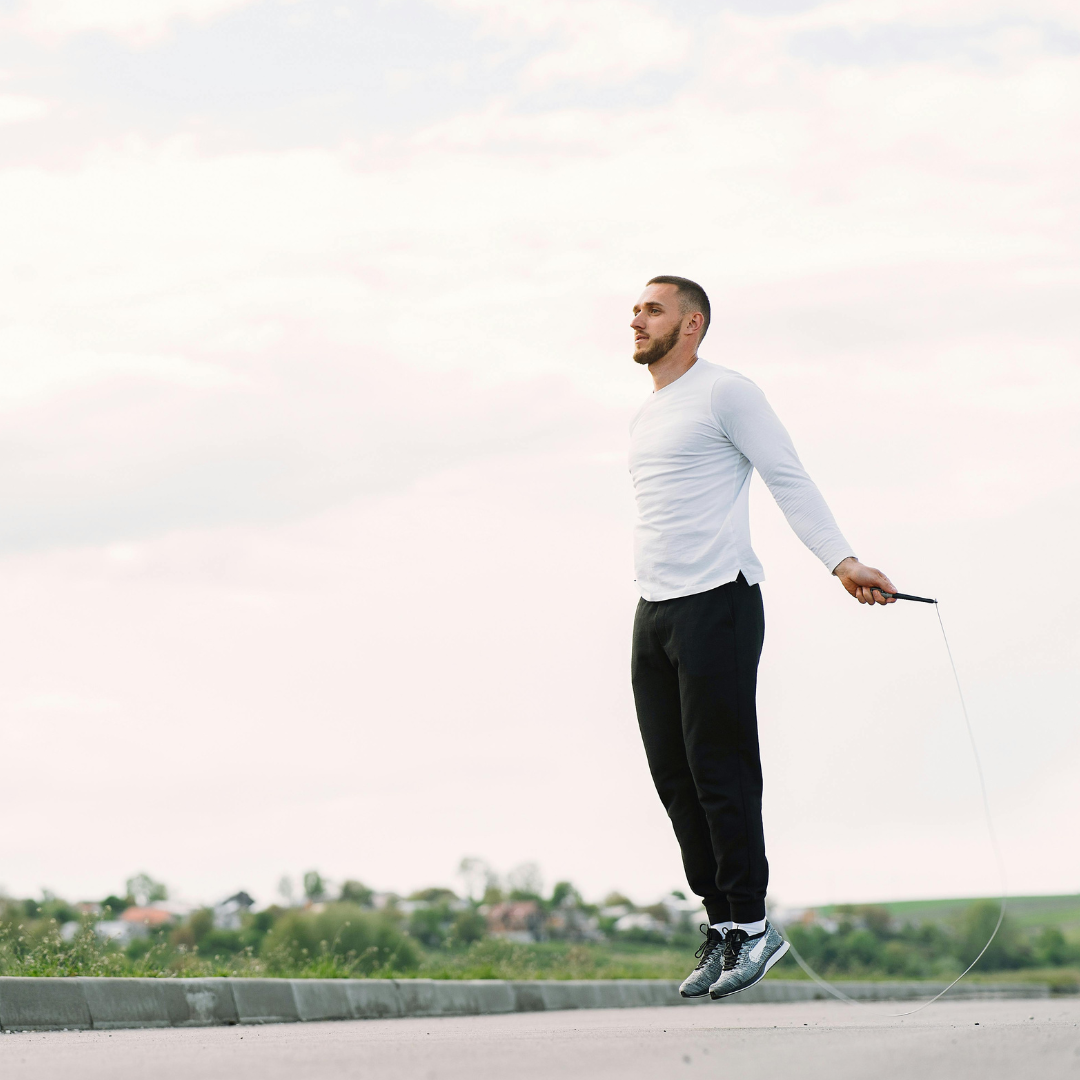There’s nothing quite like a summer workout. Sunshine, fresh air, the freedom to move — it’s the perfect time to take your fitness outdoors. And when it comes to efficient, full-body cardio, few exercises match the simplicity and calorie-burning power of a jump rope workout.
Whether you’re training on the beach, in your backyard, or at the park, a consistent jump rope summer routine helps you stay active while enjoying the sunshine.
But let’s be honest: summer training brings unique challenges. Heat exhaustion, dehydration, sunburn, and slippery surfaces can turn a productive session into a risky one if you’re not prepared.
The good news? With smart planning and the right gear, you can enjoy outdoor jump rope sessions all summer long — safely and effectively.
In this guide, we cover:
✅ The best times of day to jump rope outdoors
✅ Safety tips for heat, surfaces, hydration, and skin protection
✅ The most effective gear for outdoor sessions — ropes, mats, and accessories
✅ Quick answers to common summer workout questions
Choosing reliable equipment is key to making your jump rope summer sessions safe, effective, and enjoyable no matter where you train.
Let’s get you skipping safely under the sun.

The Best Times to Jump Rope Outdoors in Summer
When it comes to outdoor fitness, timing is everything — especially in the warmer months. Training at the wrong time can leave you drained, overheated, or worse.
If you want to get the most out of your jump rope summer workouts, knowing when to train can boost performance and help avoid heat-related risks.
🌅 Early Morning (Before 9:00 AM)
Why it’s ideal:
- Cooler air temperatures
- Lower UV index = less skin damage risk
- Fewer people in public spaces
- Boosts mood and energy for the day
If you’re aiming for consistency, morning workouts are your secret weapon. Studies show morning exercise not only jumpstarts your metabolism but enhances focus and productivity for hours after.
Morning workouts not only help you avoid the heat but have been shown to boost metabolism and mood throughout the day (Harvard Health).
Elevate Tip: Lay out your jump rope and Elevate Mat the night before — your setup is ready the moment you roll out of bed.
🌤 Late Afternoon to Early Evening (After 6:00 PM)
Why it works:
- Sun starts to set, reducing direct heat
- Surfaces like pavement and concrete cool down
- Ideal for longer, higher-intensity sessions
If you can’t squeeze in a morning session, evenings are your next best bet. Temperatures drop, your body feels looser after a full day, and the risk of sunburn decreases.
🚫 Avoid Peak Heat Hours (11:00 AM – 4:00 PM)
Midday might seem tempting — especially on lunch breaks — but this is the most dangerous time to train outdoors during summer.
Here’s why to skip it:
- UV radiation peaks, increasing sunburn and skin damage risk
- Pavement, asphalt, and other surfaces can reach scorching temperatures — dangerous for skin and joints
- Dehydration and heat-related fatigue set in faster
If midday is your only window, opt for shaded areas or indoor alternatives.
No gym? No problem. Download the Elevate App for guided at-home routines perfect for keeping momentum on those high-heat days.
Safety Tips for Outdoor Jump Rope in the Heat
A great workout shouldn’t come at the expense of your health. Here are key safety strategies to keep your sessions effective and injury-free:
1. Hydrate Like It’s Your Job
Jump rope burns serious calories — which means you sweat, a lot. In warm weather, fluid loss happens even faster.
Hydration checklist:
✅ 500ml water 30-45 minutes before training
✅ Small sips every 10-15 minutes during your workout
✅ Post-session electrolyte drink for optimal recovery
Lack of hydration can lead to headaches, dizziness, and muscle cramps — avoidable with simple prep.
Staying properly hydrated is one of the most important ways to perform well during your jump rope summer sessions, especially in high temperatures.
Pro Tip: Freeze your water bottle overnight for ice-cold hydration throughout your session.
2. Protect Your Skin From the Sun
Sunburn isn’t just uncomfortable — it impacts performance, recovery, and long-term skin health.
Stay protected by:
- Applying broad-spectrum SPF 30 or higher before each workout
- Reapplying every 2 hours, or immediately after heavy sweating
- Wearing light-colored, breathable, sweat-wicking clothing
- Using hats or UV-protective sleeves for added coverage
Remember: Even on cloudy days, UV rays can cause skin damage — make SPF part of your workout routine.
3. Use the Right Surface (And Gear)
Where you jump directly impacts your safety, comfort, and how long your rope lasts.
| Surface | Benefits | Considerations |
| Grass/Park | Low impact on joints | Check for uneven ground |
| Concrete | Stable, accessible | Hard impact, can be slippery |
| Beach/Sand | Builds leg strength, resistance | Risk of ankle strain on uneven terrain |
Elevate Pro Tip: Use the Elevate Jump Rope Mat for consistent cushioning, improved rope longevity, and injury prevention — ideal for patios, parks, and backyard setups.
4. Choose Summer-Ready Jump Ropes
Heat affects materials, grip, and performance. Make sure your rope suits your summer environment:
- Beaded Ropes: Durable for rough surfaces like parks, patios, or sand
- Speed Ropes: Best for smooth, flat surfaces; avoid prolonged sun exposure
- Weighted Ropes: Boost strength & calorie burn; ideal for shorter sessions during cooler parts of the day
Bundle & Save: The Athlete Bundle equips you with multiple rope styles and your portable mat — perfect for adapting to any summer workout location.
5. Know Your Body’s Limits
Overheating can sneak up fast, especially in direct sun. Stay alert to warning signs:
⚠️ Dizziness or light-headedness
⚠️ Nausea or excessive fatigue
⚠️ Muscle cramps
⚠️ Rapid heart rate
If you feel off, stop immediately. Rest, rehydrate, and cool down.
Good to know: The Elevate App offers scalable workouts — adjust duration and intensity based on your energy levels and weather conditions without sacrificing progress.
Summer Jump Rope Safety FAQ
How long should I jump rope outdoors in summer?
Begin with 5-10 minutes, adding time as your body adapts. Break sessions into short, manageable rounds — especially during heatwaves.
Can I jump rope barefoot outside?
Barefoot training is risky on hot, rough, or uneven surfaces. Stick to grass, sand, or your Elevate Mat for safer sessions.
Is jumping rope in direct sunlight dangerous?
It can be. Limit sun exposure by training early, late, or in shaded areas. Always apply SPF and wear protective clothing.
Final Thoughts: Elevate Your Summer Workouts — The Safe Way
Outdoor jump rope is one of the best ways to stay fit, energized, and consistent during the summer months. But smart training means respecting the heat, protecting your body, and using the right equipment.
To recap:
✅ Train early or late to avoid peak heat
✅ Hydrate thoroughly before, during, and after sessions
✅ Protect your skin with SPF and lightweight clothing
✅ Use suitable surfaces and your Elevate Mat
✅ Choose durable ropes for your summer terrain
✅ Listen to your body and pace your progress
Want to make your summer routine foolproof? Get everything you need:
🔥 Shop Jump Ropes
🔥 Elevate Mat for Outdoor Training
🔥 Athlete Bundle — The Complete Setup
🔥 Download the Elevate App
Train smarter. Stay safe. Elevate your summer. ☀️💪
